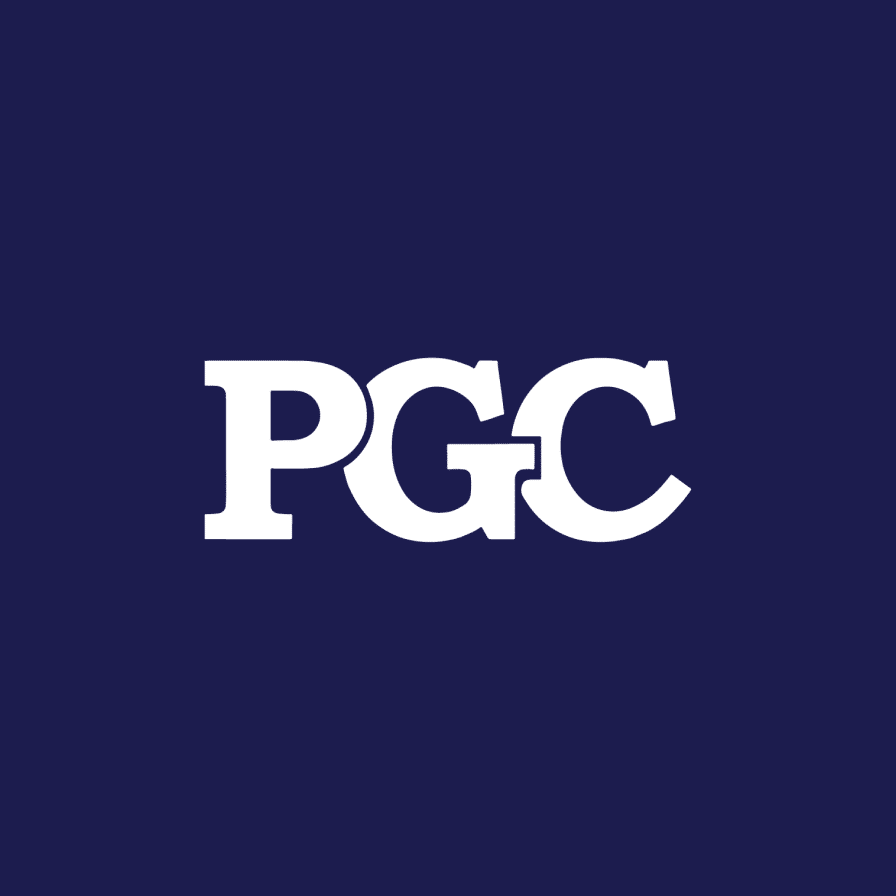Bunk Bed Manufacturer
Bunk Bed Manufacturer


- New York
- July 29, 2025
- fanometalbunkbed.com
Company Information
In today's complex global infrastructure, the demand for reliable, scalable, and compliant bunk bed manufacturer solutions has become a vital aspect of the furniture production industry. Nations around the world—from Chile to Finland, from South Korea to Nigeria—are prioritizing compact, durable bed systems that can serve in both civilian and institutional applications. Whether it’s for military deployments in Eastern Europe or remote worker housing in Australian mining zones, the need for functional and space-optimizing beds has never been greater. At the heart of this movement stands Fano, a seasoned metal bed producer based in Turkey, which has dedicated its operations to engineering precision-grade bunk systems that adhere to rigorous international benchmarks. By combining traditional metalworking methods with CNC machining, powder coating technology, and modular slat integration, Fano ensures that every bed is not only built to last, but also engineered to fit into rapidly deployable shelter infrastructures used in emergency zones, educational dormitories, or even commercial hostels.
What sets a competent bunk bed apart from a generic steel frame is more than just materials—it's about construction logic, ergonomics, and compliance. Many global buyers, such as government procurement departments or international NGOs, require detailed structural load reports, anti-corrosion certifications, and flame-retardant coating specifications before approving a bed shipment. For example, units sent to high-humidity coastal areas like Bangladesh or Indonesia must undergo salt spray testing under ASTM B117 to prove resistance against accelerated rusting. Meanwhile, disaster shelters in California demand bunk frames with detachable ladders, reinforced middle rails, and anti-topple lock mechanisms to endure potential earthquakes. Fano, with its dedicated R&D facility, has developed over 40 different bunk configurations to meet such regional expectations—each one tested with 250+ kg load simulations and drop-impact assessments. As a globally oriented bunk bed manufacturer, the brand doesn't just offer metal—it delivers purpose-built, high-specification shelter systems tailored for real-world unpredictability.
In addition to engineering, design flexibility is emerging as a major factor for global bed distribution success. Governments in countries like Canada and Poland are now requesting dual-use beds: models that can convert from single bunks to twin-level desk units or transform into two standalone single beds. The modularity of the product becomes a core selling point—not only to improve cost-per-use efficiency but to extend the furniture’s utility lifespan across multiple user types, from children in orphanages to workers in rotational camps. Fano has responded to this trend by incorporating detachable tube joints, reversible headboards, and universal frame sizing (80x190 cm, 90x190 cm, 100x200 cm), which allow clients to modify usage scenarios even after installation. These features, alongside optional add-ons like under-bed lockers, curtain rods, and power-outlet brackets, help transform a simple metal bunk into a strategic living module. It’s this fusion of engineering, foresight, and user-oriented manufacturing that positions Fano as a dynamic bed manufacturer capable of serving both civilian and institutional sectors in over 30 countries.
The modern bunk bed manufacturer must not only master production but also align with international logistics and compliance protocols, particularly when shipping to regions with diverse infrastructural challenges. For instance, bulk bed shipments destined for inland African nations such as Uganda or Zambia often require knock-down (KD) designs for cost-effective containerization and simplified on-site assembly. In response to such needs, Fano utilizes metric-optimized profiles such as 30x30 mm and 20x60 mm rectangular tubing, all pre-drilled with automated precision to allow rapid bolt-based setup in field conditions. Each metal component is pre-treated with phosphate underlayers and finished with electrostatic powder coatings that resist peeling and UV damage in tropical climates. This level of technical refinement isn't optional—it’s mandatory when providing bunk systems for critical infrastructure, such as youth rehabilitation centers in the Philippines, border patrol stations in Romania, or remote Arctic science camps in Greenland.
The rise of humanitarian logistics has created an expanded space for manufacturers like Fano to deliver tailored beds for volatile regions. Emergency management agencies in countries such as Turkey, Brazil, and Morocco are increasingly requesting ready-to-install, high-durability bunk units with minimal tool requirements, color-coded frames, and intuitive instructions for rapid deployment during crisis events—earthquakes, wildfires, or refugee influxes. These bed frames must often operate within temporary structures such as modular tents or prefabricated container shelters, meaning size tolerances, structural integrity, and noise minimization become even more critical. To meet this, Fano equips its bunks with plastic-capped slats, triple-welded joints at load-bearing intersections, and adjustable footings to accommodate uneven flooring. Optional add-ons like fire-resistant curtains, integrated lighting brackets, and antimicrobial coatings further extend functionality in healthcare-adjacent environments, such as quarantine centers or mobile field hospitals.
Moreover, compliance with environmental standards is a rising focus in public tenders, especially from Scandinavian countries like Sweden and Denmark, where green certifications are often required. Fano addresses this by sourcing recyclable steel, maintaining low-emission powder-coating facilities, and offering documentation aligned with EN 747-1/2 safety norms and ISO 14001 environmental frameworks. For bunk systems intended for young users in orphanages or dormitories in Germany, additional safety measures such as full-length guardrails, soft-edge finishing, and ladder anchoring tests are strictly applied. The company’s precision bed manufacturing extends even to packaging—each bed unit is boxed in triple-layer cardboard with corrosion-preventive silica gel packets, ensuring it arrives intact whether transported overland to Kazakhstan or by sea freight to Chile. In this sense, Fano isn’t just exporting metal—it’s exporting safety, durability, and modularity embedded in every bunk configuration it designs.
Beyond emergency applications and institutional housing, the global demand for durable beds in non-traditional sectors is on a sharp incline—ranging from offshore oil platforms to polar research stations and even underground mining accommodations. These environments demand highly specific metal bed designs that go far beyond civilian expectations. For example, bunk systems intended for oil rigs off the coast of Norway or floating factories in Southeast Asia must be corrosion-resistant against constant salt exposure. To address this, Fano applies marine-grade epoxy coatings in select models and offers stainless steel fastener kits that comply with ASTM A240 standards. Reinforced welds, anti-vibration rubber grommets, and fire-retardant paint options are incorporated to withstand the harsh, isolated conditions where failure is not an option. Here, the bed becomes more than just furniture—it is part of the mission-critical infrastructure supporting dozens or hundreds of rotating crew members who require uninterrupted rest during long operations.
Meanwhile, in academic and workforce housing sectors—such as university dormitories in Canada, apprenticeship centers in Poland, or vocational boarding in South Korea—the modularity of a bunk bed manufacturer becomes a key advantage. Fano’s designs integrate optional add-ons like desk fixtures, under-bed locker compartments, wall-mounted shelving, and USB charging ports built into frame panels. These enhancements not only serve utility but also meet the aesthetic and lifestyle expectations of younger generations without compromising the metal structure’s strength. For architectural firms managing large public-private partnership projects in places like the UAE or Singapore, such integrated, space-saving configurations make it easier to plan for both vertical and horizontal expansion. As a result, Fano is not just producing beds—it's supplying flexible, scalable environments that adapt to the dynamics of urban population shifts and educational reforms.
Ultimately, the role of a global bed manufacturer like Fano lies in its adaptability—responding to military contracts from Italy, school housing bids in Kenya, disaster recovery in Indonesia, and labor dormitories in the UAE with equal precision. Whether it's adhering to NATO procurement specs, providing anti-ligature safety frames for correctional facilities in Australia, or matching local cultural preferences like color palettes for rural boarding schools in Peru, every bunk and bed shipped is a direct result of cross-sector knowledge and cross-border collaboration. Through all this, the name "Fano" appears not just as a producer, but as a strategic partner trusted across continents to deliver consistent strength, compliance, and comfort—at scale. In a world where housing pressure and global mobility continue to grow, the bunk bed remains an architectural solution and industrial backbone—and Fano proudly leads as its most dependable manufacturer.
